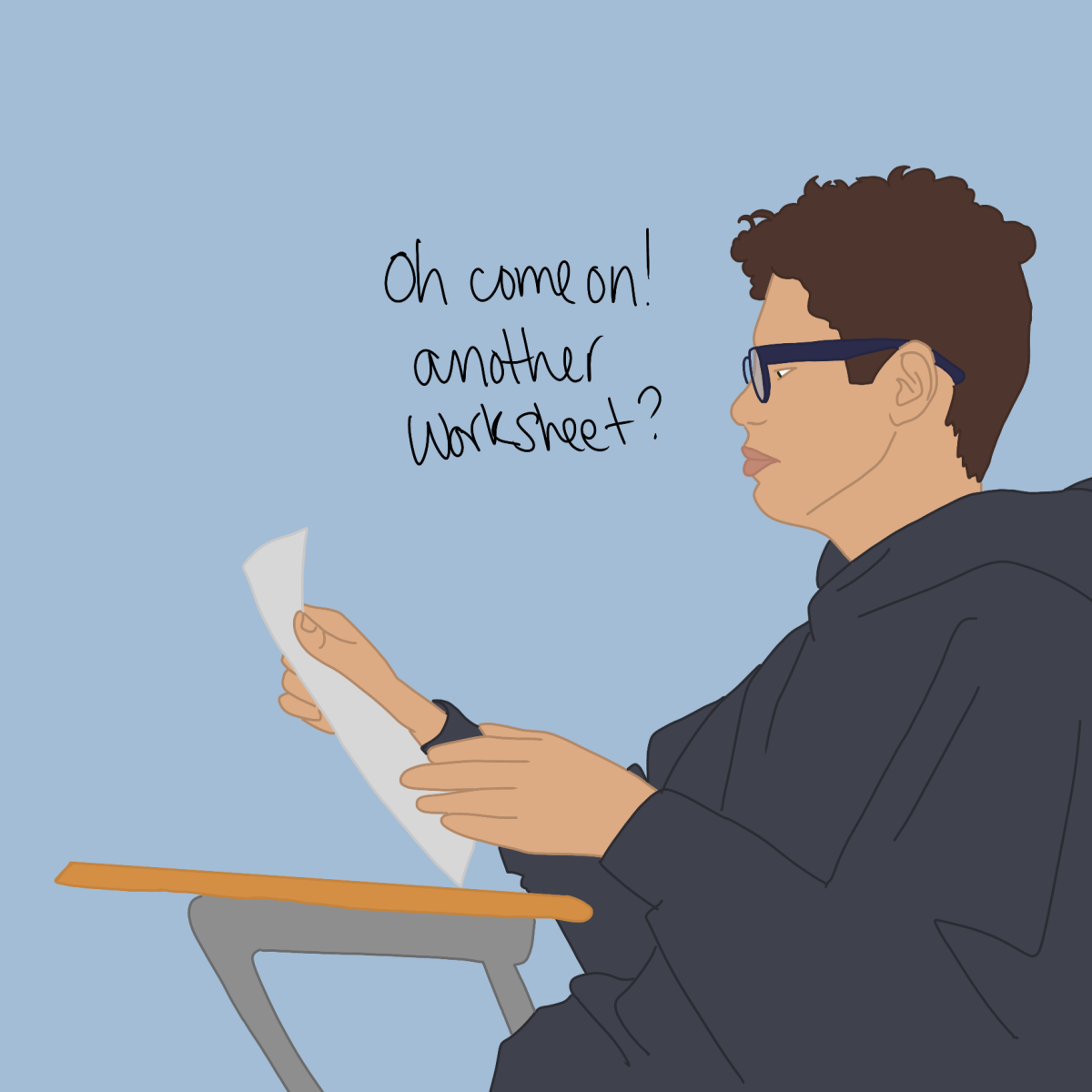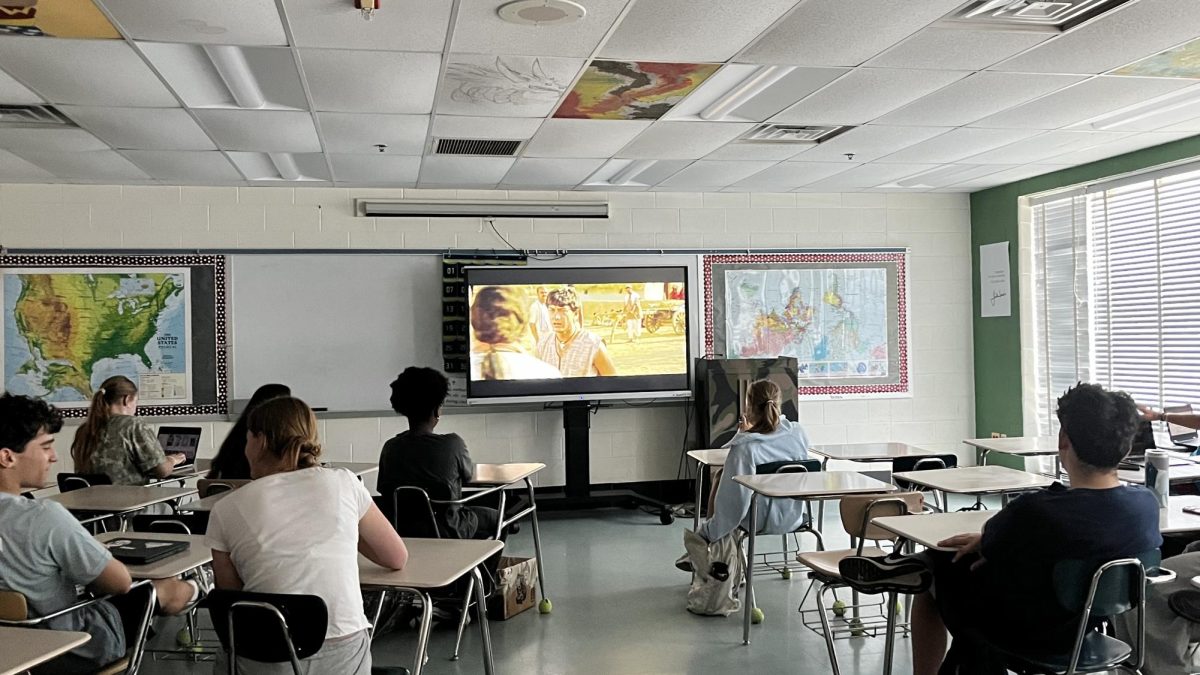A constant over my years in high school has been complaining with my friends about homework. Our complaints were most pronounced in freshman year, when we all angsted over countless reading guides in AP Government. The assignments felt endless. We hated this work so much, and at the time found it so useless that we called it “busywork.” All students can recall a time when a teacher assigned work that just seemed pointless. The work required little thought, but the assignments tended to be quite lengthy despite this. Often, students’ motivation to complete these assignments can be particularly low.
What does busywork look like, exactly? When my friends and I talked about busywork over the years in high school, we tended to identify work within our humanities courses. Assignments such as reading guides and English assignments meant to “supplement” our learning were always the main culprits of both our stress and our ire. When faced with similar work in STEM classes, such as practice worksheets and problem sets, the same complaints were never voiced. We complained about that homework, for sure, but we never labeled it busywork, because we were able to directly see the application of these assignments to our tests and quizzes. Some of this is likely due to many students undervaluing humanities courses compared to STEM courses, but the issue is primarily due to this perceived gap in applicability to assessments.
This discrepancy is key to investigating the root cause of why we perceive busywork to be, as described, work with “little value.” While the connection between humanities assignments and assessments may be less apparent, the assignments help students gain knowledge essential to the course, as well as to future humanities courses. Particularly in AP courses, where AP exams cover information from across the course, “busywork” can be invaluable.
Although busywork is, in the end, helpful to students, issues still remain. A great deal of my discontent with what I perceived as busywork was rooted in my lack of knowledge as to why the work was important. Due to this, I tended to undervalue this work, and especially due to its frequently long length, I was less likely to submit these assignments in a timely fashion. This not only negatively affected my grades, but also led to me performing worse on assessments — assessments that, despite my perception, had connections to the work I had neglected.
The problem of busywork can be confronted in two ways. First: students must change their perception of the work. Sure, there are assignments that really don’t have relevance and are truly filler, but these are few and far between. Almost all assignments given have some connection to course material, and are necessary in order to fully understand the course. Second: teachers must change the way they present these assignments. Some of my teachers throughout high school were already great about this; they managed to present assignments that may have been uninteresting in a way that made them less taxing to complete. This tactic will always be a work in progress, as some students will respond better than others, but a main focus should be trying to show how “busywork” is connected to assessments.
I spent most of my high school experience bemoaning busywork, but I’ve come around to accepting it. Over the years, I’ve noticed a pattern in my performance on assessments in humanities courses based on if I had completed all of the prior assignments I viewed as “busywork.” There was a clear correlation between my completion of the assignments and better performances on assessments. With a few simple fixes such as change in student attitude and change in teacher presentation, ignorance surrounding busywork should decline.









